Description
Brief Introduction
What is Milk Thistle Extract ?
The whole plant of Milk thistle contains flavonoids and fumaric acid; The seeds contain Silymarin ,silybin, isosilybin, dehydrosilicybin, silydanin, silychristin, silybin polymer and cinnamic acid, myristic acid, palmitoleic acid, arachidic acid, etc.
Milk thistle ( Silymarin )extract is mainly used for viral hepatitis, acute and chronic hepatitis, liver cirrhosis, high fat liver.It also can be nutritional metabolic diseases, and cardiovascular diseases.It has strong antioxidant activity and can protect humans and different animal models from various toxic compounds. Such as carbon tetrachloride, thioacetamide, ethanol, benzopyrhttps://youtu.be/1NIFiILFfH4ene α- Hepatic damage caused by Amanitin and bacterial endotoxins is often present in liver protection and health products.
As a raw material for skincare products, Milk Thistle Extract is also worth paying attention to applicate in cosmetics industry. It can protect the skin from external pollution and UV damage, inhibit tyrosinase activity.And it has strong anti-inflammatory effects, making it very suitable for treating stubborn melasma. TA can regulate skin damage caused by environmental pollution and ultraviolet radiation, thereby protecting the skin.
Function
- Liver protective effect
Silymarin is the main active ingredient for liver protection, with regenerative effects, which can stimulate the formation of new liver cells and improve liver function; At the same time, it has a protective effect on the liver cell membrane, preventing cytotoxic infiltration into liver cells, and improving the recovery ability of membrane structural defects. - Antioxidant
The phenolic hydroxyl group of silymarin provides hydrogen atoms and has strong antioxidant effects. They have free radical scavenging properties and anti lipid peroxidation activity. - Reduce blood lipids
Silybin can inhibit Ca2+channels in the plasma membrane of adult rat cardiomyocytes, inhibit food induced hypercholesterolemia, reduce extremely low density lipoprotein (VLDL) and low density lipoprotein (LDL), and increase high-density lipoprotein (HDL), which can be used for the treatment of cardiovascular diseases.

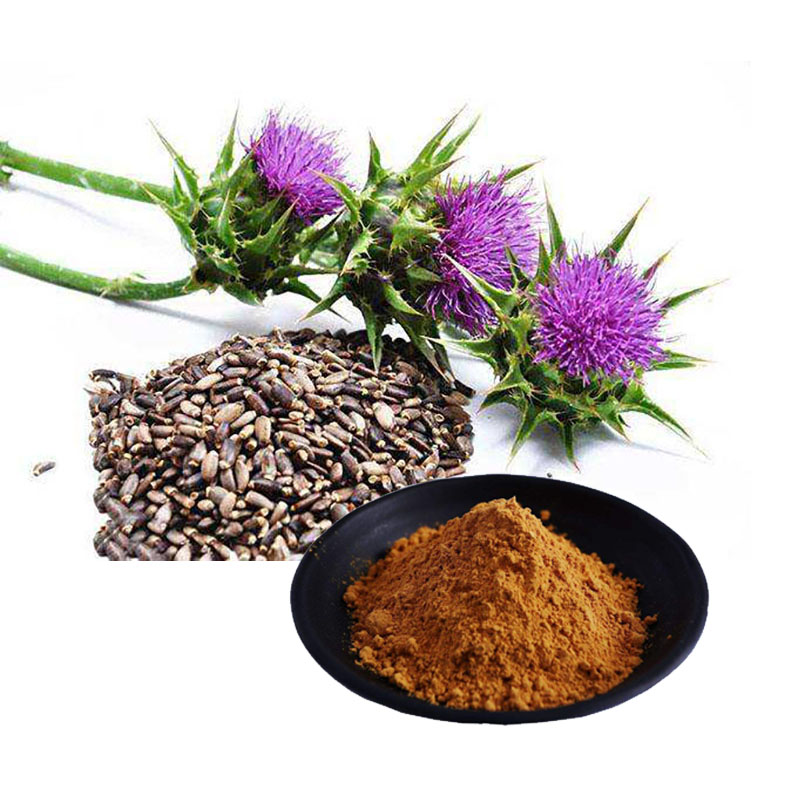
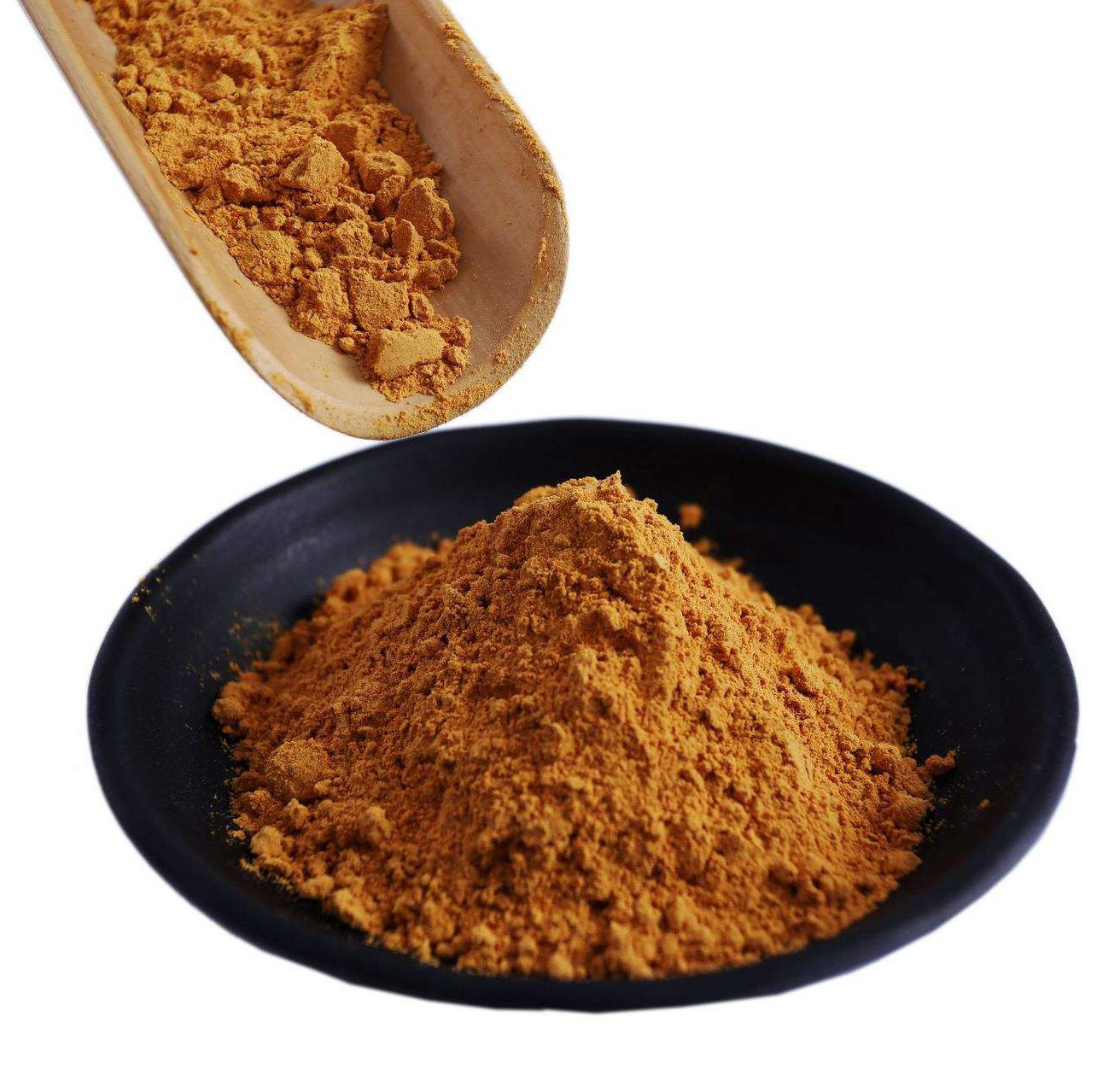
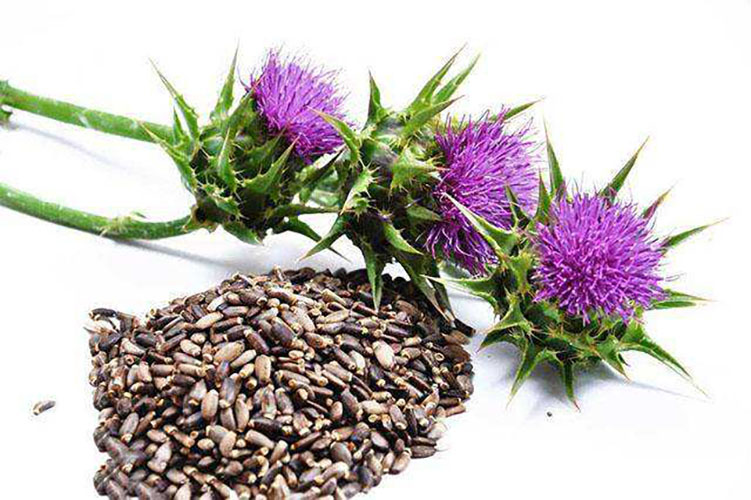
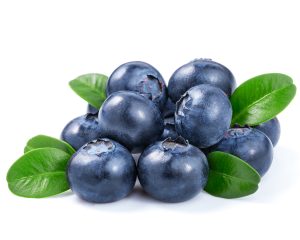
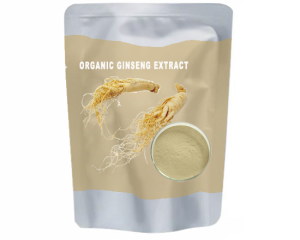
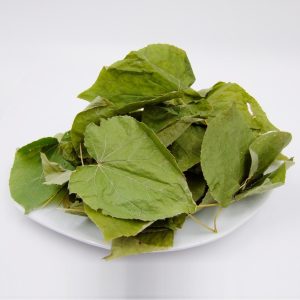
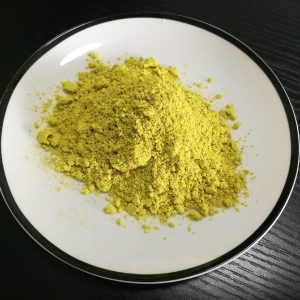

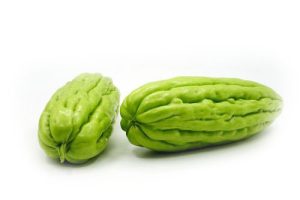

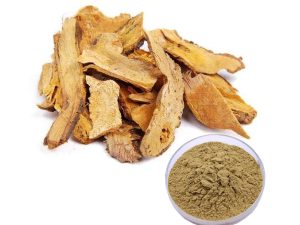
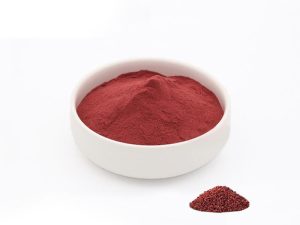
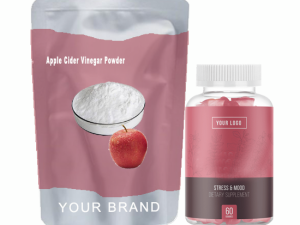
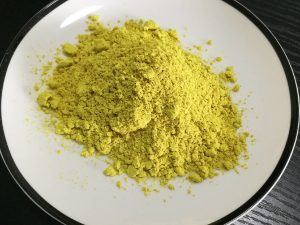
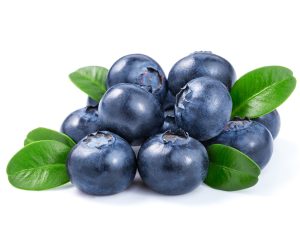
Reviews
There are no reviews yet.